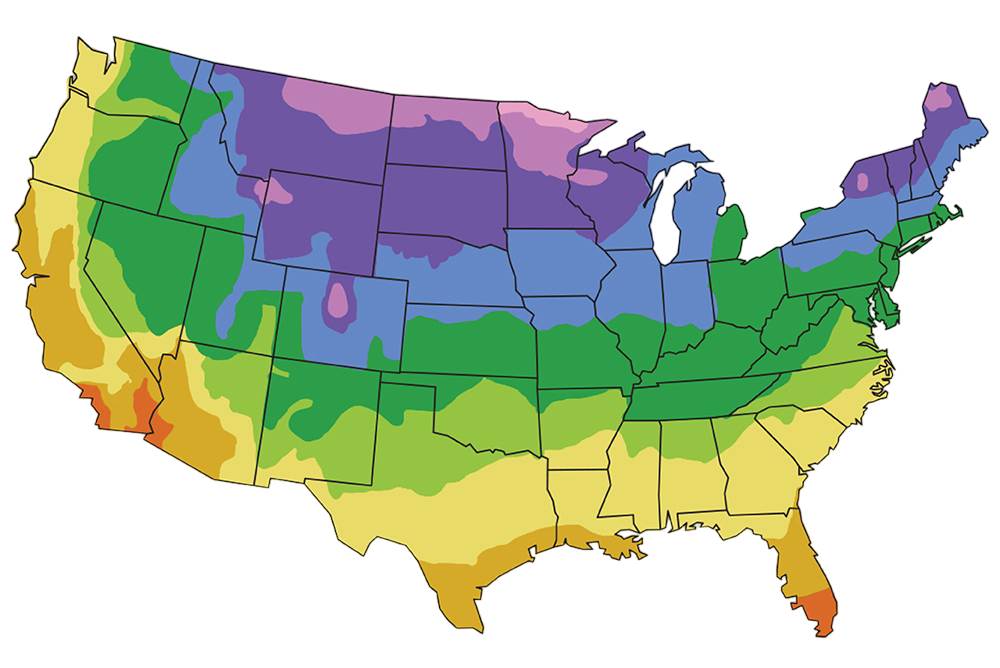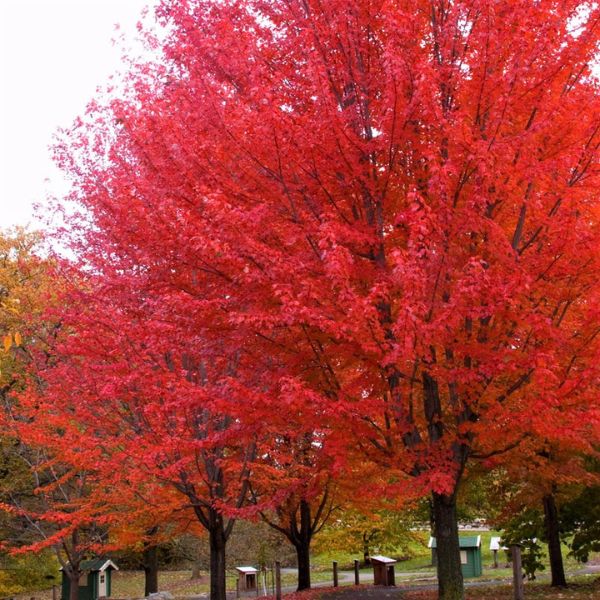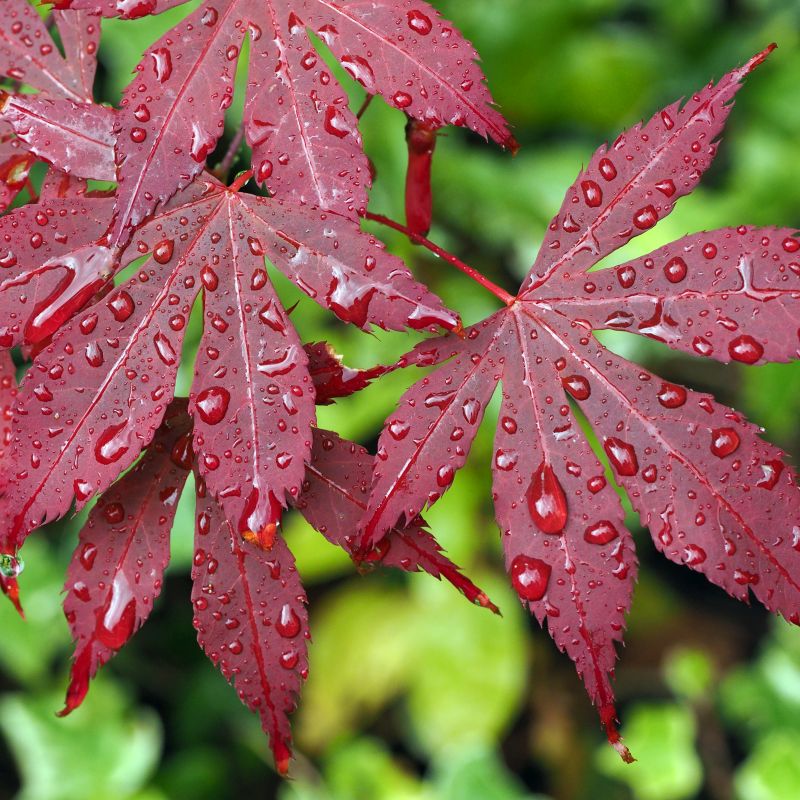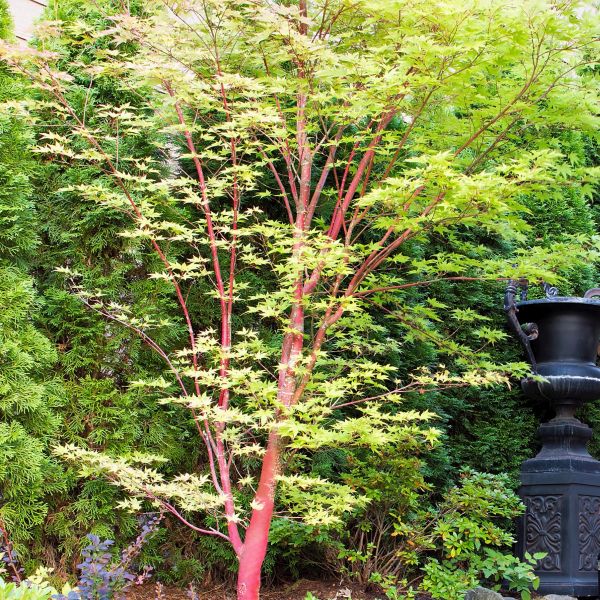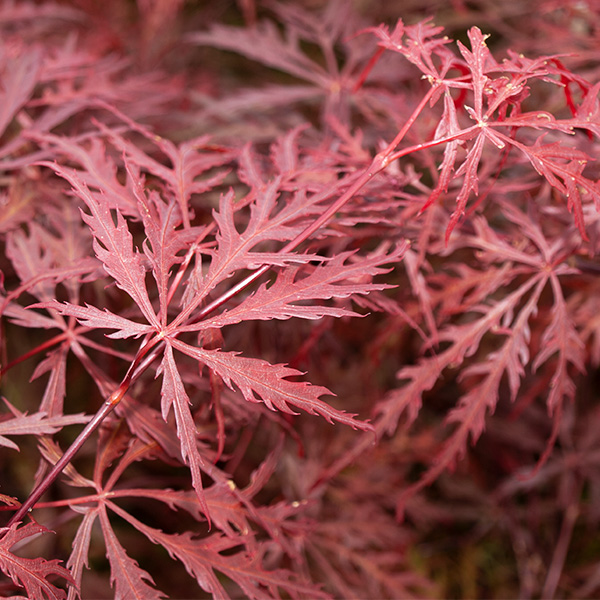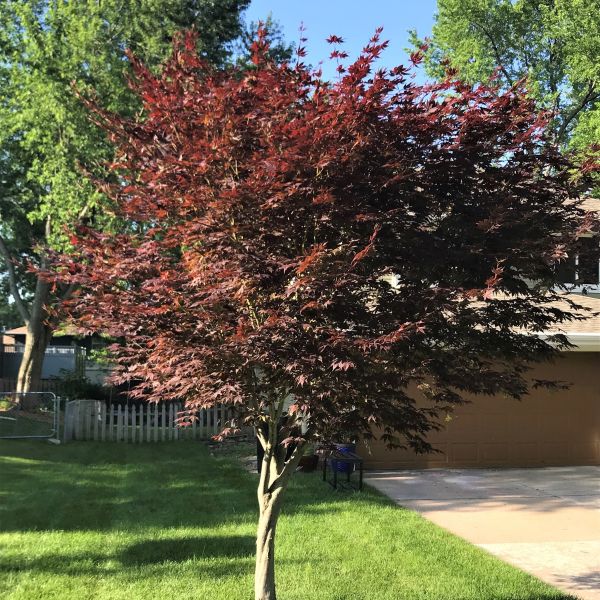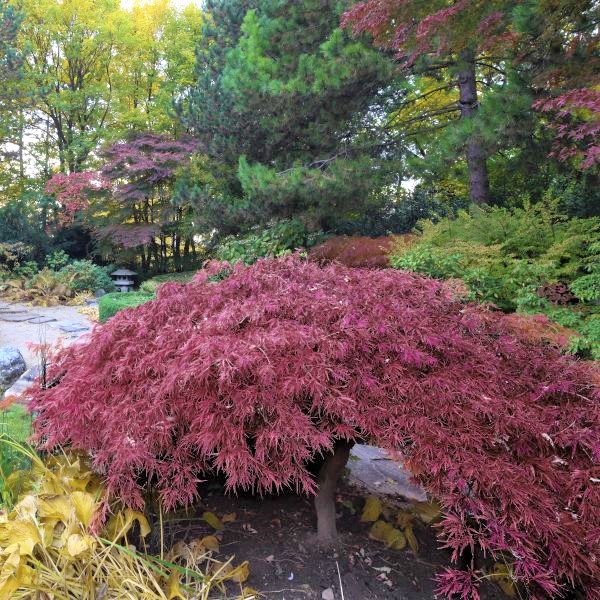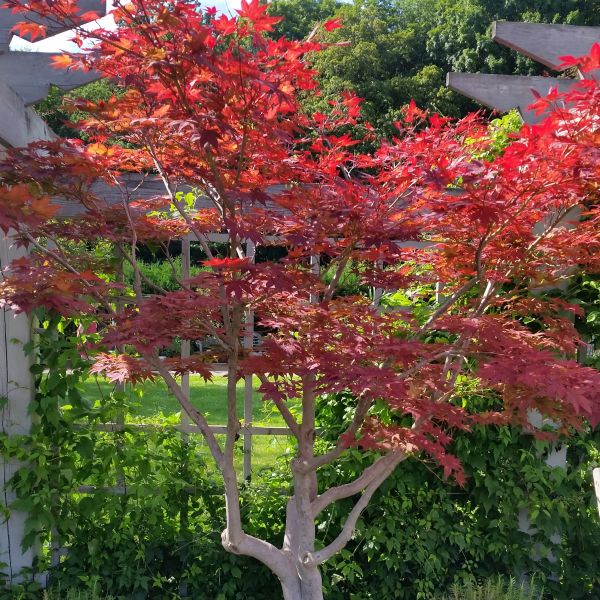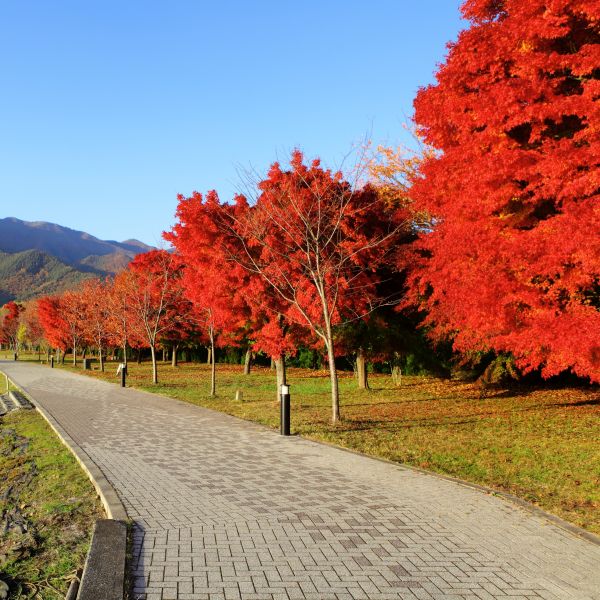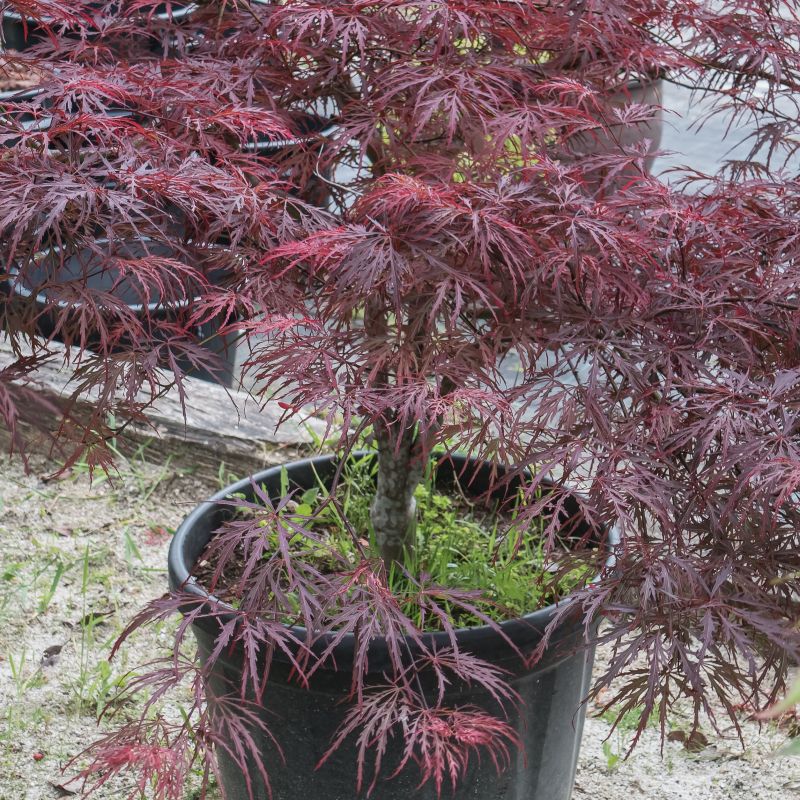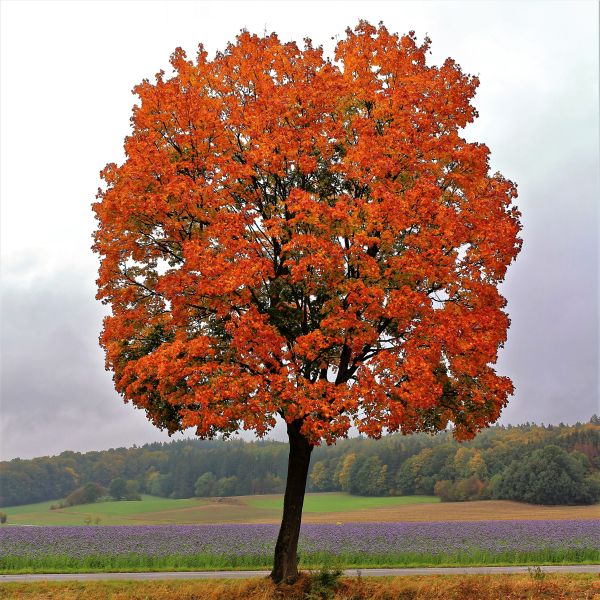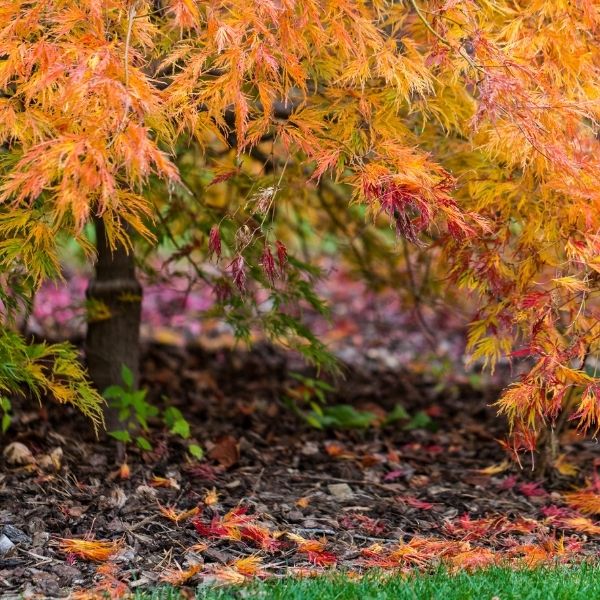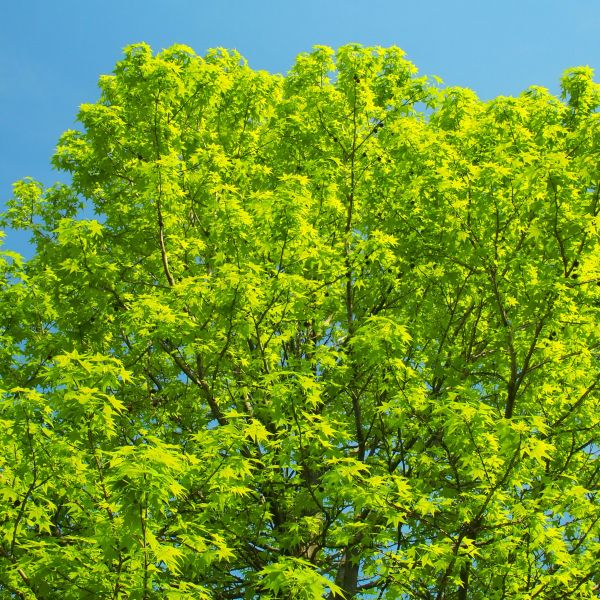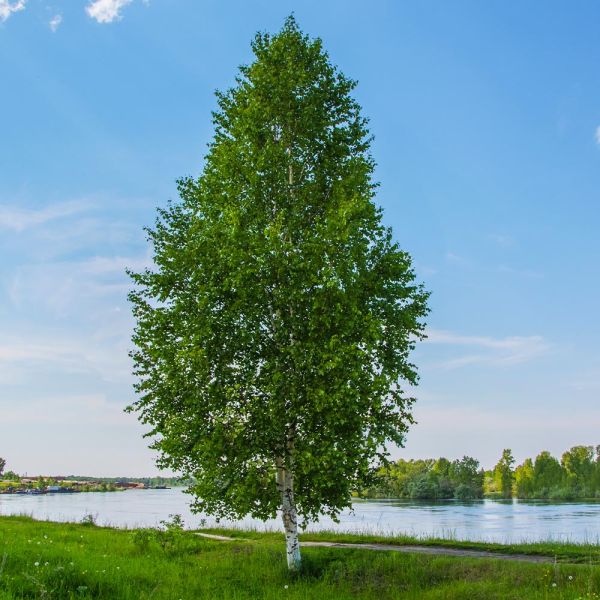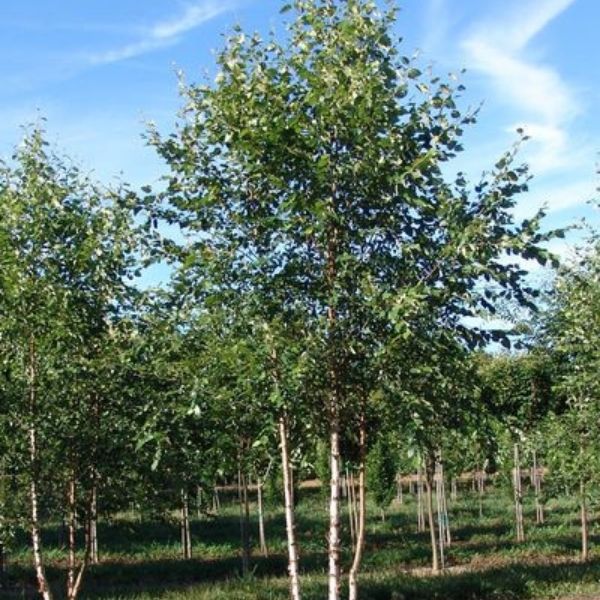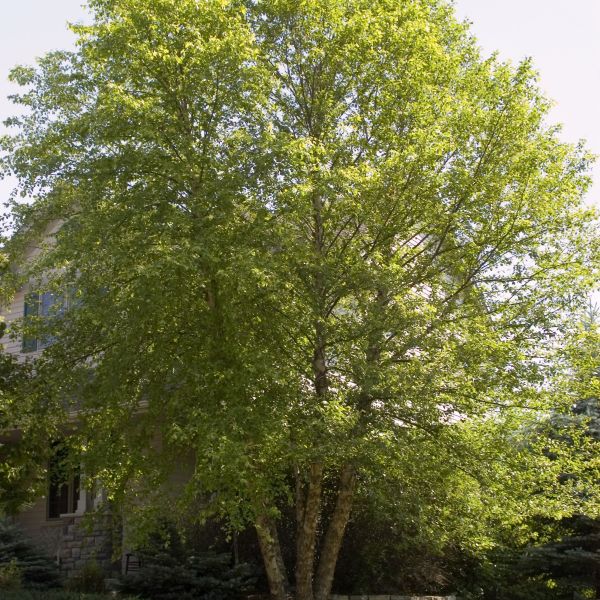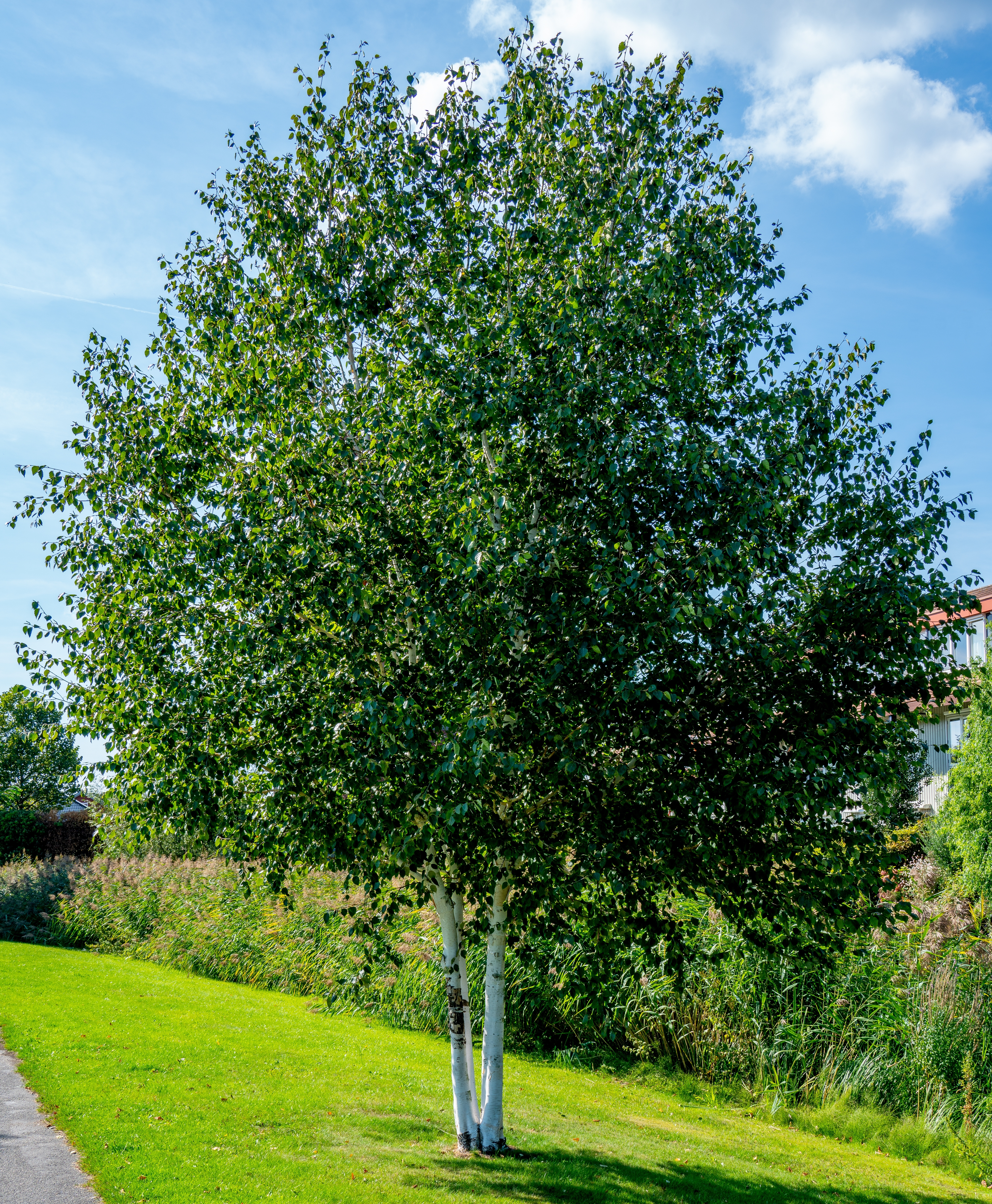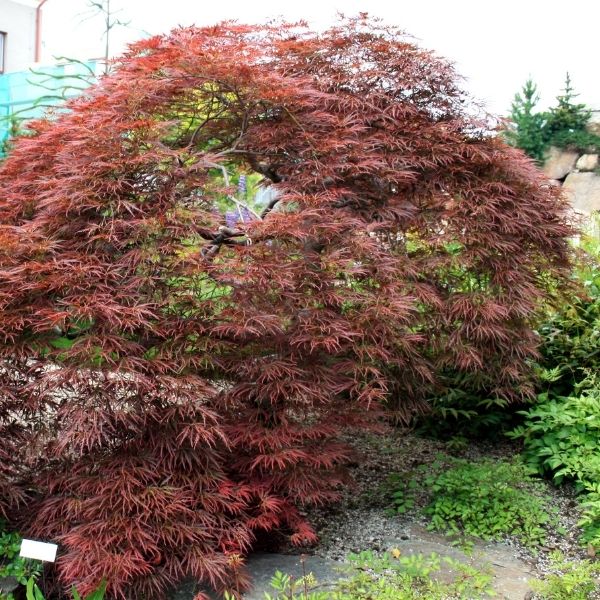
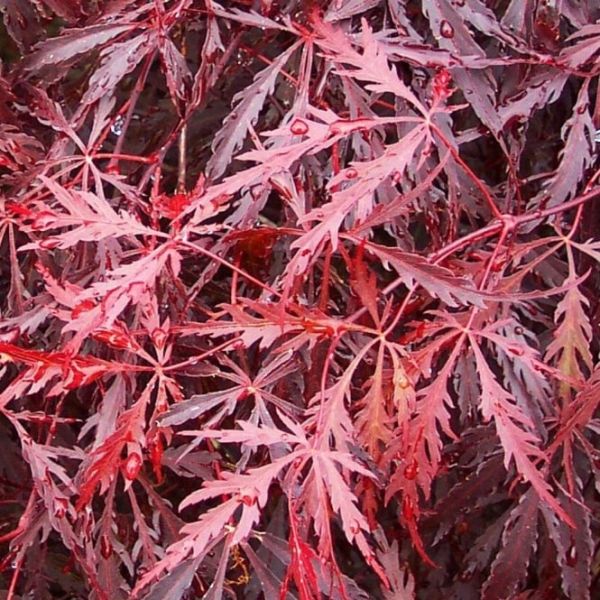
Tamukeyama Japanese Maple
Acer palmatum var. dissectum 'Tamukeyama'
11 reviews
Tamukeyama Japanese Maple
Acer palmatum var. dissectum 'Tamukeyama'
11 reviews
- Beautiful deep red foliage all season long
- Gorgeous cascading branches make for a graceful focal point in the garden
- Tolerant of various soil types and able to thrive in both full sun and partial shade
- Recommended by landscape designers for optimal fit in real yards
$158.00
$226.00
30% Off
- Ships to 43215 in 3 to 7 days
- Free Shipping
- Plant Arrival Guarantee
- In Stock
- Free Plant Consult
$200 - Landscape-Approved: Every Plant We Sell Comes With Design Expertise Behind It
- 2.5 Gallon 2-3 Feet
- 1.5 Gallon 2-3 Feet
- 3.5 Gallon
Not just beautiful - intentionally selected by ShrubHub's 3D landscape design team to fit real-world spaces and maximize yard potential.
Why Tamukeyama Japanese Maple?
Tamukeyama Japanese Maple is a popular choice for its stunning deep red foliage that intensifies in color during the fall. Its graceful weeping habit adds a touch of elegance to any garden or landscape. This low-maintenance tree is also drought-tolerant once established and can thrive in a variety of soil types. With its unique beauty and ease of care, Tamukeyama Japanese Maple is a top choice for many gardeners.
People who loved this plant also bought
Sunlight
Tamukeyama Japanese Maple thrives in partial shade to full sun, but it prefers to be planted in a location that receives morning sun and afternoon shade. Too much direct sunlight can cause the leaves to scorch and the foliage to dry out.
Watering
Tamukeyama Japanese Maple trees require regular watering, especially during hot and dry periods. They prefer moist, well-drained soil to thrive and should be watered deeply at least once a week, or more frequently if experiencing drought conditions. Avoid
Fertilizing
Tamukeyama Japanese Maple typically benefits from a slow-release, balanced fertilizer applied in early spring before new growth appears. Look for a fertilizer with a N-P-K ratio of 10-10-10 or similar. Avoid excessive nitrogen as it can lead to weaker bran
Tamukeyama Japanese Maple (Acer palmatum var. dissectum 'Tamukeyama')
The Tamukeyama Japanese Maple, also known as Acer palmatum var. dissectum 'Tamukeyama', is a stunning ornamental tree that is prized for its beautiful foliage and elegant cascading form. This deciduous tree features deeply lobed, red-purple leaves that hold their color well throughout the growing season.
The Tamukeyama Japanese Maple is a slow-growing tree that typically reaches a height of 6-8 feet with a similar spread, making it a perfect choice for smaller gardens or as a focal point in a landscape. Its weeping growth habit creates a dramatic and graceful silhouette, especially when planted in a prominent location where it can be admired.
This Japanese Maple prefers a partially shaded location with well-drained soil. It is relatively low maintenance and does not require frequent pruning. The Tamukeyama Japanese Maple is a versatile tree that can be used as a specimen plant, in a mixed border, or in a Japanese-style garden.
Overall, the Tamukeyama Japanese Maple is a beautiful and unique tree that adds a touch of elegance and sophistication to any outdoor space.
Plant Information:
| Botanical Name: | Acer palmatum var. dissectum 'Tamukeyama' |
| USDA Zones: | 5 - 8 |
| Water: | Moderate |
| Exposure: | Full Sun |
| Soil Needs: | Well Drained |
| Mature Height: | 6 - 10 feet |
| Mature Spread: | 10 - 12 feet |
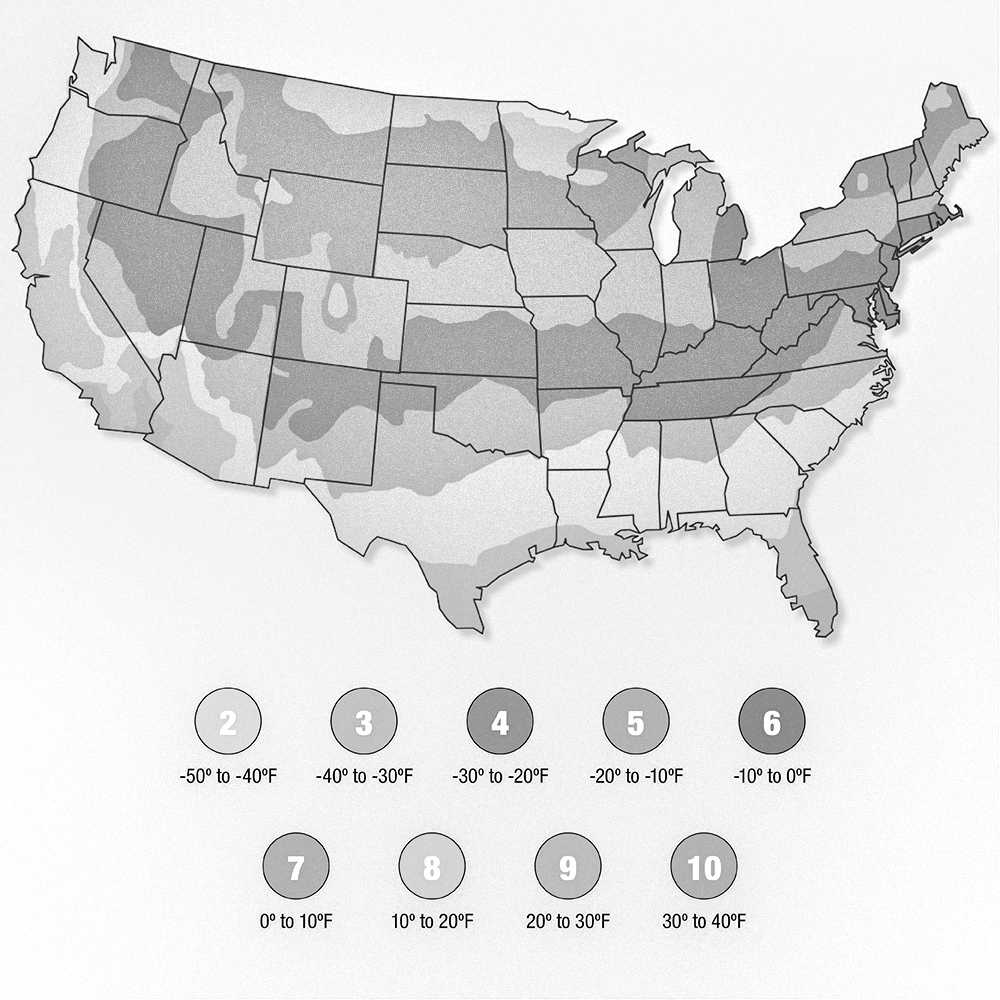
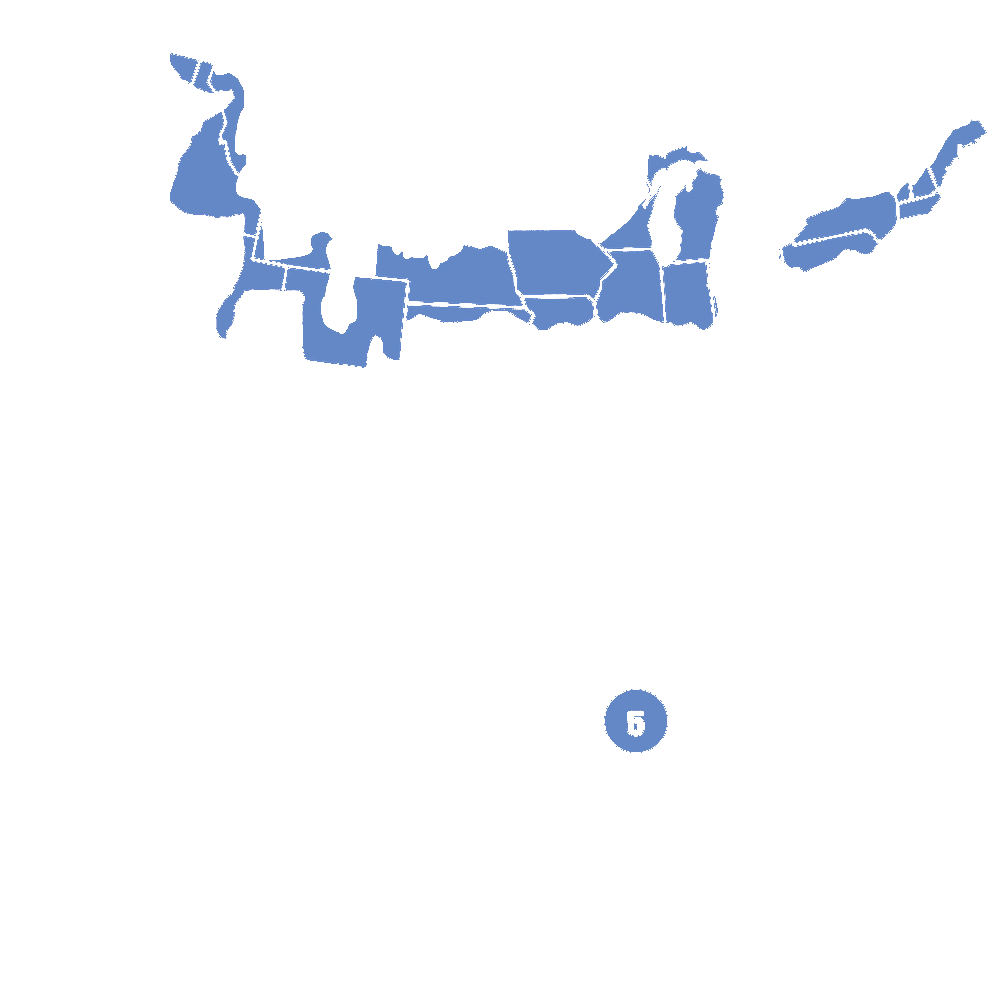
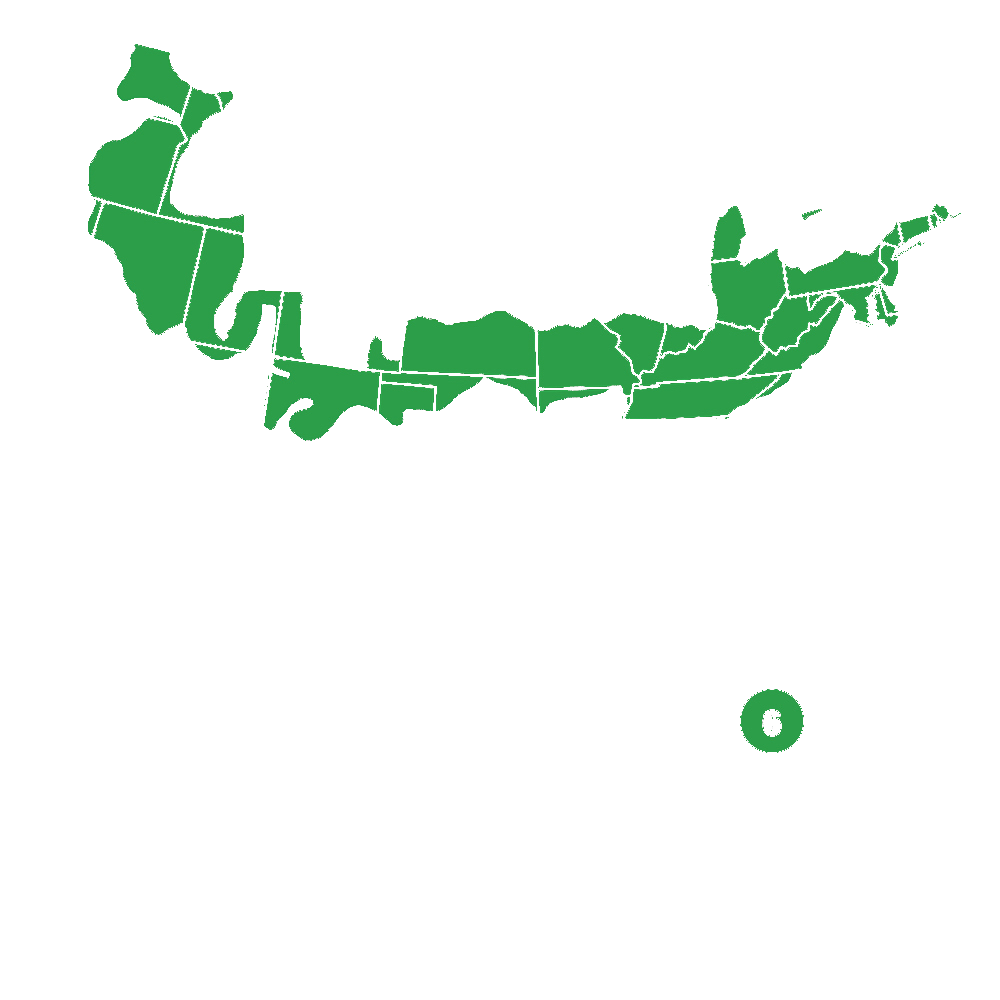

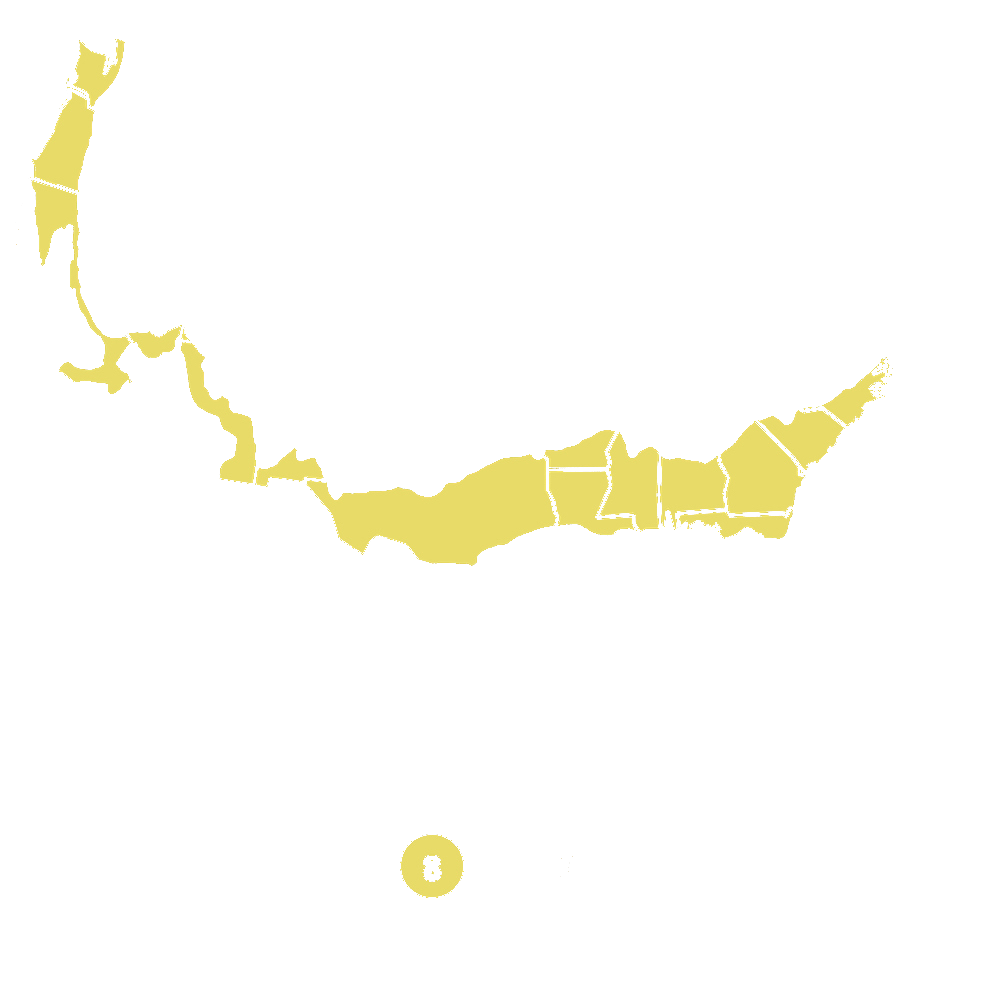
Pollination Info
Tamukeyama Japanese Maple (Acer palmatum var. dissectum 'Tamukeyama') Pollination Info:
Tamukeyama Japanese Maple is a beautiful ornamental tree known for its deep red foliage and cascading growth habit. While the tree produces small inconspicuous flowers in spring, it is primarily grown for its foliage rather than its flowers.
Japanese Maples are primarily pollinated by wind, as their flowers do not produce nectar or attract pollinators like bees or butterflies. The wind carries pollen from one flower to another, leading to fertilization and the production of seeds.
It is important to plant Japanese Maples in a location where they can receive proper air circulation to aid in pollination. Additionally, planting multiple Japanese Maples in close proximity can increase the chances of successful pollination.
While Japanese Maples can produce seeds, they are usually propagated through vegetative means such as grafting or cuttings to ensure that the desired characteristics of the parent plant are passed on to the offspring.
FAQ
Tamukeyama Japanese Maple (Acer palmatum var. dissectum 'Tamukeyama') FAQ:
1. What is the mature size of a Tamukeyama Japanese Maple?
Typically, a Tamukeyama Japanese Maple will grow to be around 8-10 feet tall and wide.
2. How much sunlight does a Tamukeyama Japanese Maple need?
These trees prefer partial shade to full sun. However, they can also tolerate full shade, although their foliage color may not be as vibrant.
3. What type of soil is best for a Tamukeyama Japanese Maple?
These trees prefer well-drained, acidic soil. Adding organic matter such as compost can help improve soil quality.
4. How often should a Tamukeyama Japanese Maple be watered?
It is important to keep the soil consistently moist, especially during hot, dry periods. Water deeply, but make sure the soil does not become waterlogged.
5. When is the best time to prune a Tamukeyama Japanese Maple?
Pruning is best done in late winter or early spring before new growth appears. Remove any dead or damaged branches, as well as any crossing branches to improve airflow.
6. How cold hardy is a Tamukeyama Japanese Maple?
These trees are hardy in USDA zones 5-8, meaning they can tolerate temperatures down to -20°F. Provide protection from harsh winter winds to prevent damage.
7. Can a Tamukeyama Japanese Maple be grown in a container?
Yes, these trees can be grown in a container, but make sure to choose a large container with drainage holes to allow excess water to escape. Regularly check for root bound and repot as needed.
Planting & Care
Tamukeyama Japanese Maple Planting & Care
Planting:
- Choose a location with well-draining soil and partial shade to full sun.
- Dig a hole that is as deep as the root ball and two to three times as wide.
- Place the tree in the hole and fill it in with soil, tamping down gently as you go to remove air pockets.
- Water the tree thoroughly after planting.
Care:
- Water the tree regularly, especially during dry periods.
- Mulch around the base of the tree to retain moisture and control weeds.
- Prune dead or damaged branches in late winter or early spring.
- Fertilize the tree in spring with a balanced fertilizer.
- Protect the tree from harsh winds and extreme temperatures.
Pests & Diseases:
- Japanese beetles
- Aphids
- Powdery mildew
- Root rot
By following these planting and care instructions, you can help your Tamukeyama Japanese Maple thrive and grow beautifully in your garden.
Check Out These Verified Customer Reviews:
Customer Reviews
4.6 out of 5 based on 11 reviews
Thank you! Your review has been submitted.
The Tamukeyama Japanese Maple arrived in perfect condition with vibrant red leaves. It instantly enhanced the look of my garden. Very pleased with the quality and timely delivery.
Overall, a fantastic experience. Will definitely be ordering from here again.
Customer service was excellent when I had a question about caring for the tree.
Item has been added to your cart.

